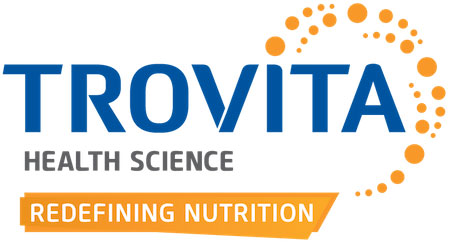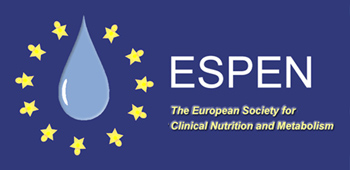The first nutritionDay in Nursing Homes: Participation May Improve Malnutrition Awareness
Luzia Valentini a,*, i, Karin Schindler b, i, Romana Schlaffer c, Hubert Bucher d, Mohamed Mouhieddine e, Karin Steininger c, Johanna Tripamer c, Marlies Handschuh c, Christian Schuh f, Dorothee Volkert g, Herbert Lochs a, Cornel Christian Sieber h, Michael Hiesmayr Dept. of Gastroenterology, Hepatology and Endocrinology, Charite´ – Universita¨tsmedizin Berlin, Charite´platz 1, 10117 Berlin, Germany, Div. of Endocrinology and Metabolism, Medical University of Vienna, Austria, Central Coordination Centre, nutritionDay in Europe, c/o Austrian Society for Clinical Nutrition, Vienna, Austria, Medical Service of Health Insurances (MDK) Sachsen-Anhalt, Magdeburg, Germany, Div. of Cardiac-, Thoracic-, Vascular Anaesthesia and Intensive Care, Medical University of Vienna, Austria,Core Unit for Medical Statistics and Informatics, Medical University of Vienna, Austria,Medical Science Information Dept., Pfrimmer Nutricia, Erlangen, Germany, Institute for Biomedicine on Aging, Friedrich Alexander University of Erlangen-Nuremberg, Germany
a r t i c l e i n f o
Article history:
Received 14 October 2008
Accepted 31 January 2009
Keywords:
Audit
Frail elderly
Malnutrition
Meal service
Tube feeding
Outcome
s u m m a r y
Background & aims: A modified version of the nutritionDay project was developed for nursing homes (NHs) to increase malnutrition awareness in this area. This report aims to describe the first results from the NH setting.
Methods: On February 22, 2007, 8 Austrian and 30 German NHs with a total of 79 units and 2137 residents (84 + 9 years of age, 79% female) participated in the NH-adapted pilot test. The NHs participated voluntarily using standardized questionnaires. The actual nutritional intake at lunch time was documented for each resident. Six-month follow-up data were received from 1483 residents (69%).
Results: Overall, 9.2% and 16.7% of residents were classified as malnourished subjectively by NH staff and by BMI criteria (<20 kg/m2), respectively. Independent risk factors for malnutrition included age> 90 years, immobility, dementia, and dysphagia (all p < 0.001). In total, 89% of residents ate at least half of the lunch meal, and 46% of residents received eating assistance for an average of 15 min. Six month mortality was higher in residents with low nutritionDay BMI (<20 kg/m2: 22%, 20–21.9 kg/m2:17%) compared to residents with BMI ” 22 kg/m2 (10%, p < 0.001). Six-month weight loss ” 6 kg was less common in residents with nutritionDay BMI < 22 kg/m2 compared to residents with higher nutritionDay BMI (3.4% vs 12.4%, p < 0.001).
Conclusions: The first nutritionDay in NH provided valuable data on the nutritional status of NH residents and called attention to the remarkable time investment required by NH staff to adequately provide eating assistance to residents. Participation in the nutritionDay project appears to increase malnutrition awareness as reflected in the outcome weight results.
2009 Elsevier Ltd and European Society for Clinical Nutrition and Metabolism. All rights reserved.




